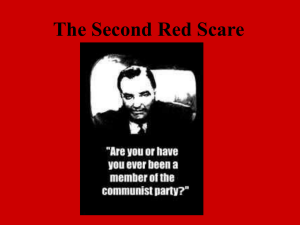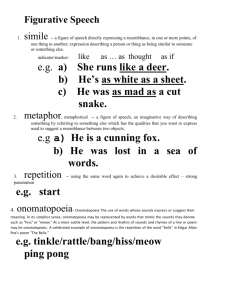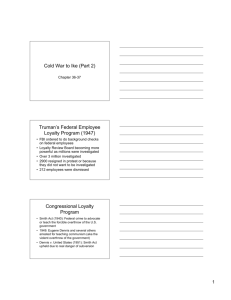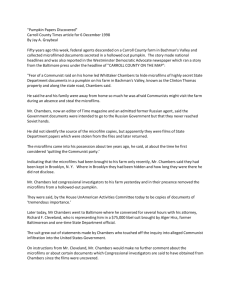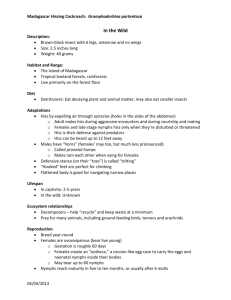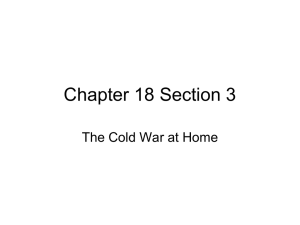Item 44
advertisement
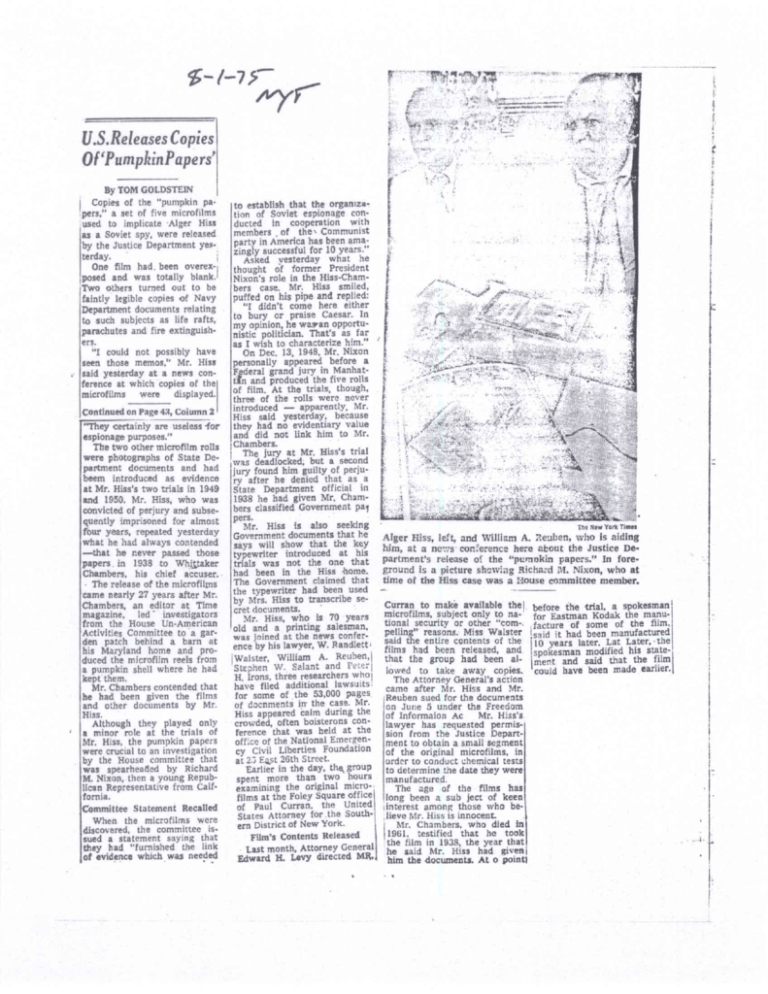
5-1-7 /17r- 111 U.S.ReleasesCopies OfTumpkinPapers' By TOM GOLDSTEIN Copies of the "pumpkin papers." a set of five microfilms used to Implicate Alger Hiss as a Soviet spy, were released by the Justice Department yesterday, One film had been overex-, posed and was totally blank.' Two others turned out to be faintly legible copies of Navy Department documents relating to such subjects as life rafts, parachutes and fire extinguish. ers. "I could not possibly have seen those memos," Mr. Hiss said yesterday at a news conference at which copies of the microfilms were displayed. Continued on Page 43, Column 2 "They certainly are useless -for espionage purposes." The two other microfilm rolls were photographs of State Department documents and had beem introduced as evidence at Mr. Hiss's two trials in 1949 and 1950. Mr. Hiss, who was convicted of perjury and subsequently imprisoned for almost four years, repeated yesterday what he had always contended —that he never passed those papers in 1938 to Whtttaker Chambers, his chief accuser. The release of the microfilms came nearly 27 years after Mr. Chambers, an editor at Time magazine, led investigators from the House Un-American Activities Committee to a garden patch behind a barn at his Maryland home and produced the microfilm reels from a pumpkin shell where he had kept them. Mr. Chambers contended that he had been given the films and other documents by Mr. Hiss. Although they played only a minor role at the trials of Mr. Hiss, the pumpkin papers were crucial to an investigation by the House committee that was spearheaded by Richard M. Nixon. then a young Republican Representative from Calffornia. Committee Statement Recalled When the microfilms were discovered, the committee issued a statement saying that they had "furnished the link of evidence which was needed to establish that the organization of Soviet espionage conducted in cooperation with members . of the,Communist party in America has been amazingly successful for 10 years." Asked yesterday what he thought of former President Nixon's role in the Hiss-Chambers case. Mr. Hiss smiled, puffed on his pipe and replied: "I didn't come here either to bury cr praise Caesar. In my opinion, he wasean opportunistic politician. That's as far as I wish to characterize him." On Dec. 13, 1948. Mr, Nixon personally appeared before a Federal grand jury in Manhattin and produced the five rolls of film. At the trials, though, three of the rolls were never introduced — apparently, Mr. Hiss said yesterday, because they had no evidentiary value and did not link him to Mr. Chambers. The jury at Mr. Hiss's trial was deadlocked, but a second jury found him guilty of perjury after he denied that as a State Department official in 1938 he had given Mr. Chambers classified Government pa/ pers. Mr. Hiss is also seeking Government documents that he says will show that the key typewriter introduced at his trials was not the one that had been in the Hiss home. The Government claimed that t he typewriter had been used by Mrs. Hiss to transcribe secret documents. Mr. Hiss, who is 70 years old and a printing salesman, was joined at the news conference by his lawyer. W. Randlett, Watster, William A. Reuben,1 Stephen W. Ealant and Peter H. Irons, three researchers who have filed additional lawsuits for some of the 53,000 pages. of documents in- the case. Mr. Hiss appeared calm during the crowded, often boisterons conference that was held at the office of the National Emereency Civil Liberties Foundation at 2:3 East 26th Street. Earlier in the day, the., group spent more than two hours examining the original microfilms at the Foley Square office' of Paul Curran. the United States Attorney for the Southern District of New York. Film's Contents Released Last month, Attorney General Edward H. Levy directed MR. Trio New York Times Alger Hiss, left, and William A. ',euben, who is aiding him, at a news conference here about the Justice Department's release of the "pumpkin papers." In foreground is a picture showing Richard M. Nixon, who at time of the Hiss case was a House committee member. Curran to make available they before the trial, a spokesman microfilms, subject only to na-' for Eastman Kodak the manetional security or other "com-. ;facture of some of the film, pelling" reasons. Miss Walster 'said it had been manufactured said the entire contents of the 10 years later. Lat Later, the films had been released, and spokesman modified his statethat the group had been al. iment and said that the film lowed to take away copies. could have been made earlier. The Attorney General's action came after Mr. Hiss and Mr. Reuben sued for the documents on Julie 5 under the Freedom Mr. H:ss's of Informaion Ac lawyer has requested permission from the Justice Department to obtain a small segment of the original microfilms, in urdcr to conduct chemical tests to determine the date they were manufactured. The age of the films has long been a sub ject of keen interest among those who believe Mr. Hiss is innocent. Mr. Chambers. who died in 11961. testified that he took the film in 1938. the year that he said Mr. Hiss had given him the documents. At o pointl
